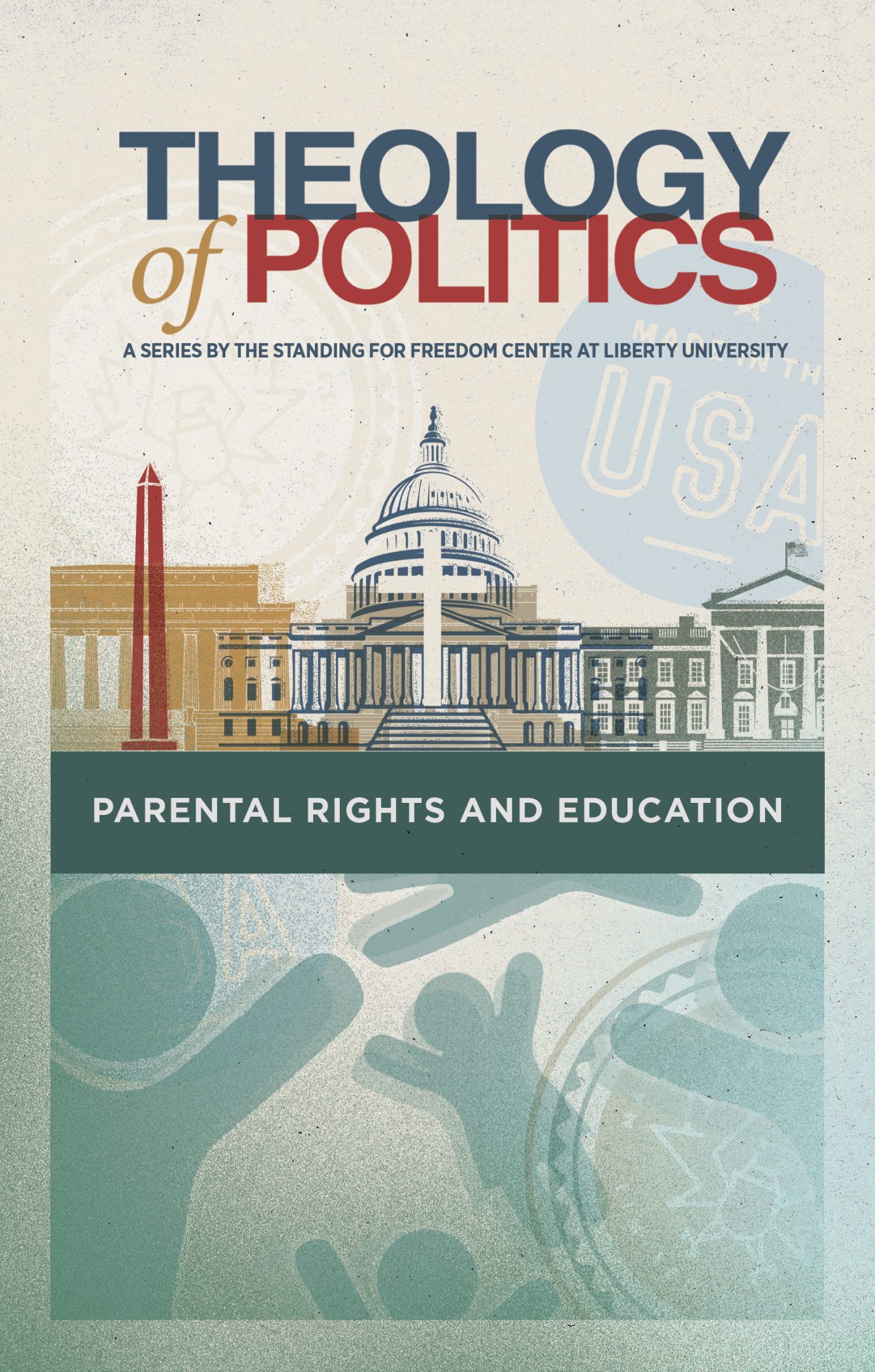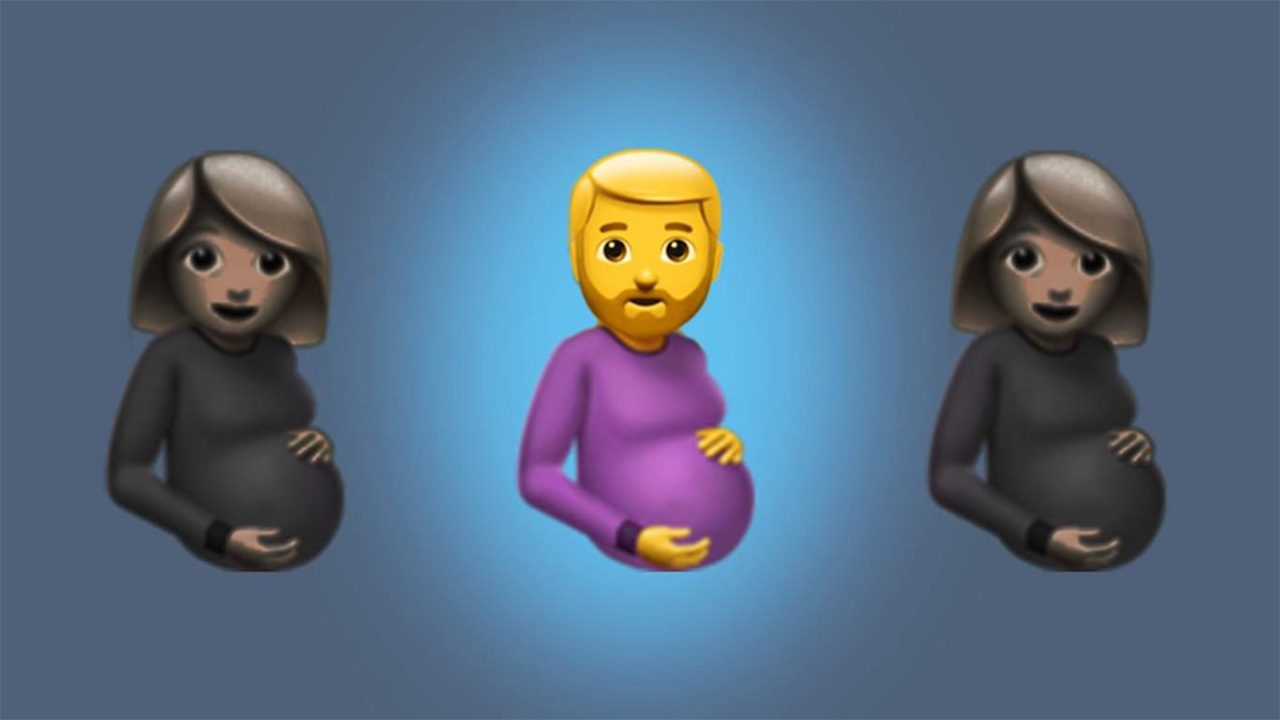


Get a free copy of Parental Rights & Education when you subscribe to our newsletter!

“[T]he end goal of feminist revolution must be … not just the elimination of male privilege but of the sex distinction itself: genital differences between human beings would no longer matter culturally.”
SHULAMITH FIRESTONE, RADICAL FEMINIST
The emojis were initially rolled out by the tech giant in January as part of an optional update, having first been announced by the emoji reference website Emojipedia, but will now be included for all users in the iOS 15.4 update.
Now, next to the emoji of a clearly feminine figure cradling her pregnant belly, iPhone users will be able to access a decidedly masculine version as well as the more gender-neutral “pregnant person.”
Emojis are, in a very real sense, a veritable universal language in the digital age, and the controversial emoji update, which has inspired much bitter commentary from conservative netizens irked at the biology-defying icons, is in reality simply downstream from major institutional shifts in the way that womanhood and pregnancy are viewed.
Over five years ago, in 2017, the British Medical Association released guidance advising the use of the term “pregnant people” to refer to expectant mothers so as to be more “inclusive” of transgender men, i.e. biological women who identify as men.
“Gender inequality is reflected in traditional ideas about the roles of women and men. Though they have shifted over time, the assumptions and stereotypes that underpin those ideas are often deeply rooted,” a language guide from the BMA read.
“A large majority of people that have been pregnant or have given birth identify as women. We can include intersex men and transmen who may get pregnant by saying ‘pregnant people’ instead of ‘expectant mothers,’” it continued.
This language has since made its way across the pond; the Biden administration’s federal agencies have caused controversy on more than one occasion for using the terms “pregnant people” and “birthing person”; the latter term causing consternation among many women stunned that their capacity to bear and nourish life would be reduced to such coldly pragmatic terms.
As the National Catholic Register detailed last year, this language is also being used by members of “The Squad” in Congress and the ACLU — even though the British medical journal The Lancet was forced to apologize last year after its stunning reduction of the fairer sex to mere “bodies with vaginas” in a misguided attempt at inclusivity.
The term is now being officially used in legislation. Just this week, an abortion-related bill passed California’s Assembly Health Committee which, in addition to controversy surrounding its protections for abortion-seeking women and practitioners, also included changes to existing law by replacing the words “women” and “woman” with “persons” and “person” when referring to abortion-seekers.
Meanwhile, UCLA recently equipped many of its on-campus men’s bathrooms with pads and tampons.
And of course, who can forget soon-to-be Supreme Court Justice Ketanji Brown Jackson demurring from providing a definition of the word “woman” during her confirmation hearing earlier this month?
Jackson’s shocking answer caused a stir, but it should hardly shock us at all at this point. She is a decidedly progressive judge, picked by the post progressive president in history, and the progressive ideology that has doubtlessly dominated the mainstream leftist political and cultural establishment is dedicated to erasing sex distinctions.
Gender neutrality is everywhere, and it takes aim directly at the defining physical feature of biological women who — no matter what far-fetched, science-defying academic theories are influencing contemporary verbiage — are women. Plain and simple.
But it should not be surprising as this was the ultimate intent of the women’s liberation movement, according to Shulamith Firestone, a Marxist and pioneering radical feminist who envisioned a future in which procreation would be entirely divorced from physical sex and the family unit.
“Just as the end goal of socialist revolution was not only the elimination of the economic class privilege but of the economic class distinction itself,” Firestone wrote in her 1970 book, The Dialectic of Sex, “so the end goal of feminist revolution must be … not just the elimination of male privilege but of the sex distinction itself: genital differences between human beings would no longer matter culturally.”
And that’s exactly it: Pregnancy and “bodies with vaginas” are exclusively feminine, and the very fact that a person can get pregnant clearly indicates they are, in fact, a woman. To erase the association between pregnancy and womanhood is to erase the distinction of women as a class.
Considering that Firestone’s radical views were confidently echoed by the British Medical Association in 2017, it’s hard not to see just how deeply embedded her and other feminists’ radical views divorcing procreation from sex have gotten in today’s dangerously postmodern world.
The emoji update is not merely some annoying “woke” addition to our digital devices, it is indicative of a dangerous social shift which poses a dire existential threat to women’s rights and protections for women overall.
Just as abortion seeks to destroy the fruit of a woman’s womb as a means of making her “equal” to a man, denying that only women can become pregnant and, even more far-fetched, asserting that they can become men and still carry children while losing every other aspect of their cultural femininity, strikes at the core of what makes us human.
Abortion, for all the jargon surrounding the debate over its legality, is objectively morally wrong because it destroys a human life. It is wrong to destroy a human life because mankind is made in the image of God.
Just as our rights are derived from the fact that we were created — and created equal — our humanity also derives from the fact that we were created.
And we were created male and female (Genesis 5:2). Full stop.
Normalizing the patently false idea that men or genderless “people” can carry and bear children is not only offensive to women, it is fundamentally opposed to the very basis of human rights and, most importantly, women’s rights. As apologist Nancy R. Pearcy pointedly summarizes, “To protect women’s rights, we must be able to say what a woman is.”
Notifications